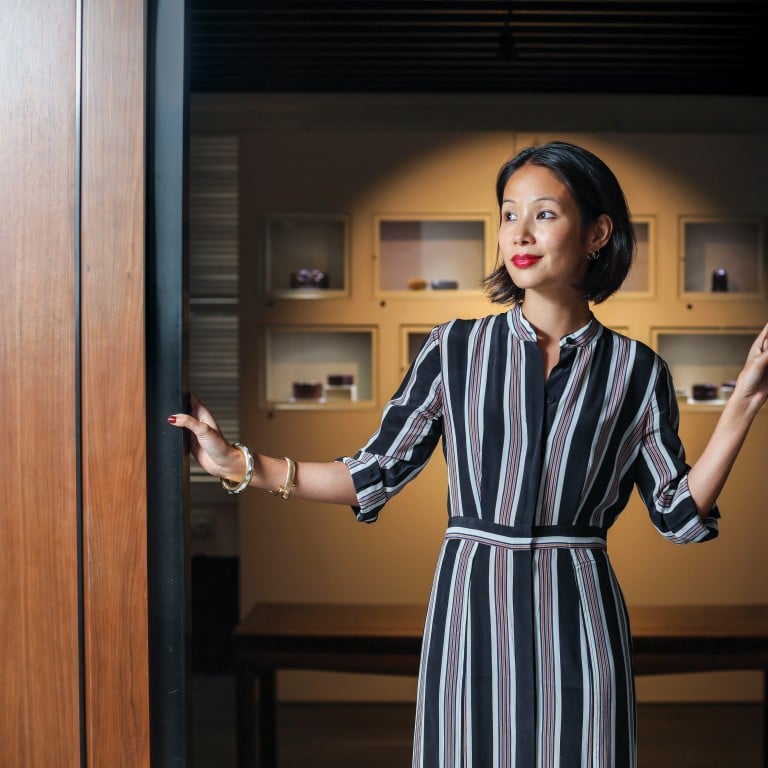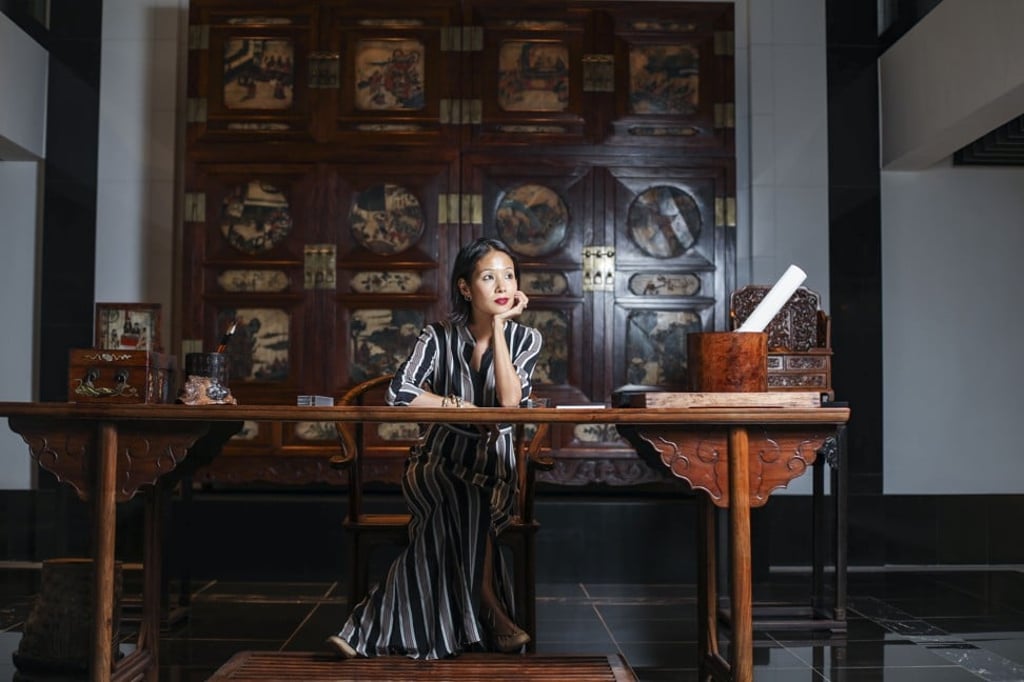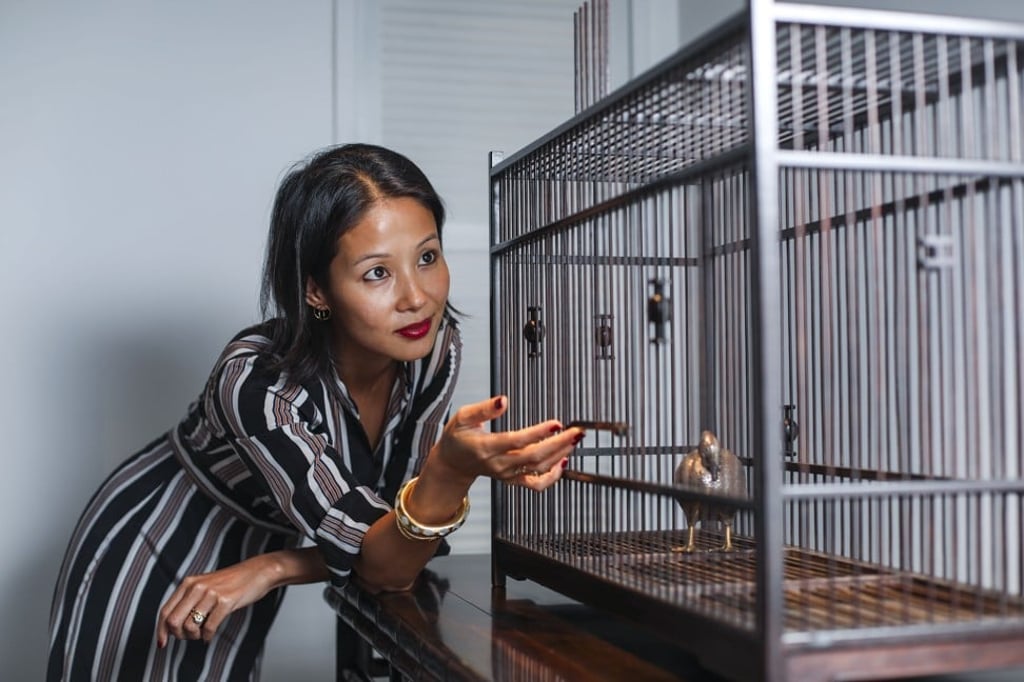Why Lynn Fung is in love with Cartier’s antique timepieces

Private Hong Kong museum Liang Yi, of which Fung is director, houses a treasure trove of Chinese furniture, European vanity cases, antique silver and Japanese works of art
Nestled among the dusty antique shops and hip bistros and restaurants on Hollywood Road is Liang Yi Museum, a 20,000-foot gallery that houses a treasure trove of Chinese furniture, European vanity cases, antique silver and Japanese works of art.
Founded in 2014, Liang Yi remains the only private museum in Hong Kong. That is thanks to Peter Fung, an ardent Chinese antique collector, and his tenacious daughter Lynn Fung, a former magazine editor who has steered Liang Yi to become the city’s go-to spot for exhibitions of antiques.
Was it hard to get the younger crowd through the door at the beginning? After all, the decorative arts seem to have a hard time shaking off their conservative image.

“It was also an assumption I had when we first opened,” says Fung. “But we have been pleasantly surprised by how untrue that is. For our most recent exhibition, we found that 26 per cent of our visitors were from the ages of 21 to 30, while another 26 per cent were between the ages of 31 and 40. That makes up more than half the total number of visitors.”
As time went on, the museum shifted its focus. While the initial idea was to showcase the family’s own collection, Liang Yi has expanded its programme to include loans from other museums.
“We found that it made narrative sense to stretch our boundaries, and include other collections if it made sense for our curators,” Fung says.
A case in point was “The Blue Road”, an exhibition on Persian decorative objects that brought together works from more than a dozen international institutions. “It was one of the very first exhibitions on Persian decorative objects in Asia, and still one of our most popular exhibitions to date,” Fung adds.

Fung says she is an innately punctual person, but working in a museum offers a more elastic concept of time.
“So many of our pieces – especially from the classical Chinese antique furniture collection – date from the Ming and Qing dynasties. It brings the past much closer to the present. Having these pieces around me all the time in a way allows me to close the gap between the people who made them 300 to 400 years ago and the people who enjoy them now, especially as we exhibit these pieces in a very modern setting.”